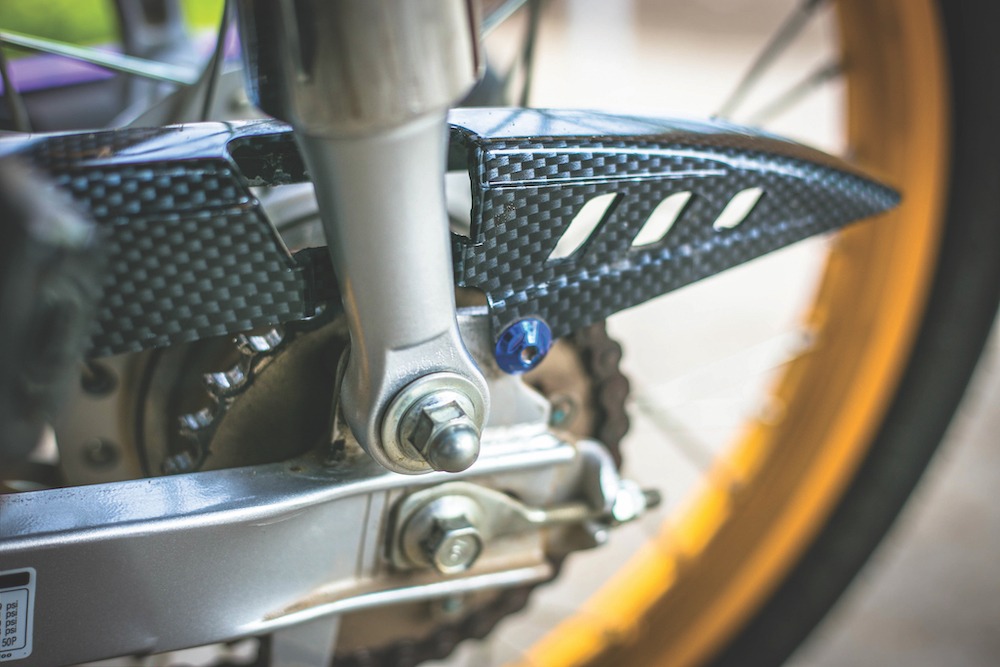As any machinist knows, a number of critical factors need to be controlled or eliminated to avoid detrimental situations during a production run. Heat buildup and vibration, for instance, are two of the most important elements to limit and regulate given that they’re adversaries to optimal machining.
Vibration patterns – or chatter – can begin early in the tooling setup for a job. A lack of stability or precision at the spindle, cutting tool, work material or tool holder can and, in many cases, will result in chatter significant enough to cause excessive and/or premature tool wear, a reduction in chip removal rate or defective surface finish. At the very least, those negative results increase costs in terms of material, tools and labor. In a worst-case scenario, you can add a scrapped workpiece to the equation.
Like vibration, heat – especially the high temperatures produced by dry machining – will negatively impact tool life, compromise machining accuracy and increase the risk of surface damage at the cutting zone.
Heat and chatter are important concerns in any machining operation, but some specific applications by their very nature invite excessive vibration and heat buildup, requiring special attention and countermeasures.
Composites, for example, with their differing sandwiched layers of carbon fiber or carbon/metallic must be dry machined to avoid absorbing coolant and ruining the material. Dry machining composites along with foam and plastics can set up tremendous amounts of harmonic vibration and chatter that not every tool holder can combat.
The REGO-FIX powRgrip System eliminates the effects of excessive chatter with its virtually 100% vibration damping characteristics. With a total system runout TIR 3mm at 3 X D, powRgrip provides tighter tool holding for finer finishes while providing easier setups even in difficult applications such as composites.
In fact, composites machined utilizing the REGO-FIX powRgrip System showed significantly better surface characteristics when viewed under a microscope as compared to machining done with shrink-fit or hydraulic tool holding.
Vibration damping and stability are similarly essential when drilling cast iron. The potential for differing microstructures and cavities between the surface and the body of the casting along cast iron’s general porosity wreak havoc with accurate drilling, making security and damping absolutely essential. powRgrip has been shown in certain cast iron drilling applications to increase tool life by a factor of four and improve drilling accuracy to the extent that reaming operations were no longer required.
When machining ceramics, heat is a primary concern. Ceramic machining requires extremely high spindle speeds, which generates a tremendous amount of heat. In those cases, shrink-fit and hydraulic tool holding systems simply can’t be used. Shrink-fit holders that depend on the temperature-driven expansion and contraction properties of metal are clearly ill-suited for high-temperature milling operations. Similarly, introducing high heat into a hydraulic system has its own potential for negative results. The amount of heat generated by ceramic machining is not a particularly good element for any system.
However, the state-of-the-art powRgrip System, which does not rely on heat or hydraulics, provides safety and security using a press that inserts a special shallow-tapered collet into a holder in less than 10 seconds using up to nine tons of force to attain the industry’s highest clamping torque rating.
Whether you’re dry machining composites, drilling the complexities of cast iron or turning extreme spindle speeds on ceramic parts, powRgrip gives you a better grip on dealing with heat and chatter.

